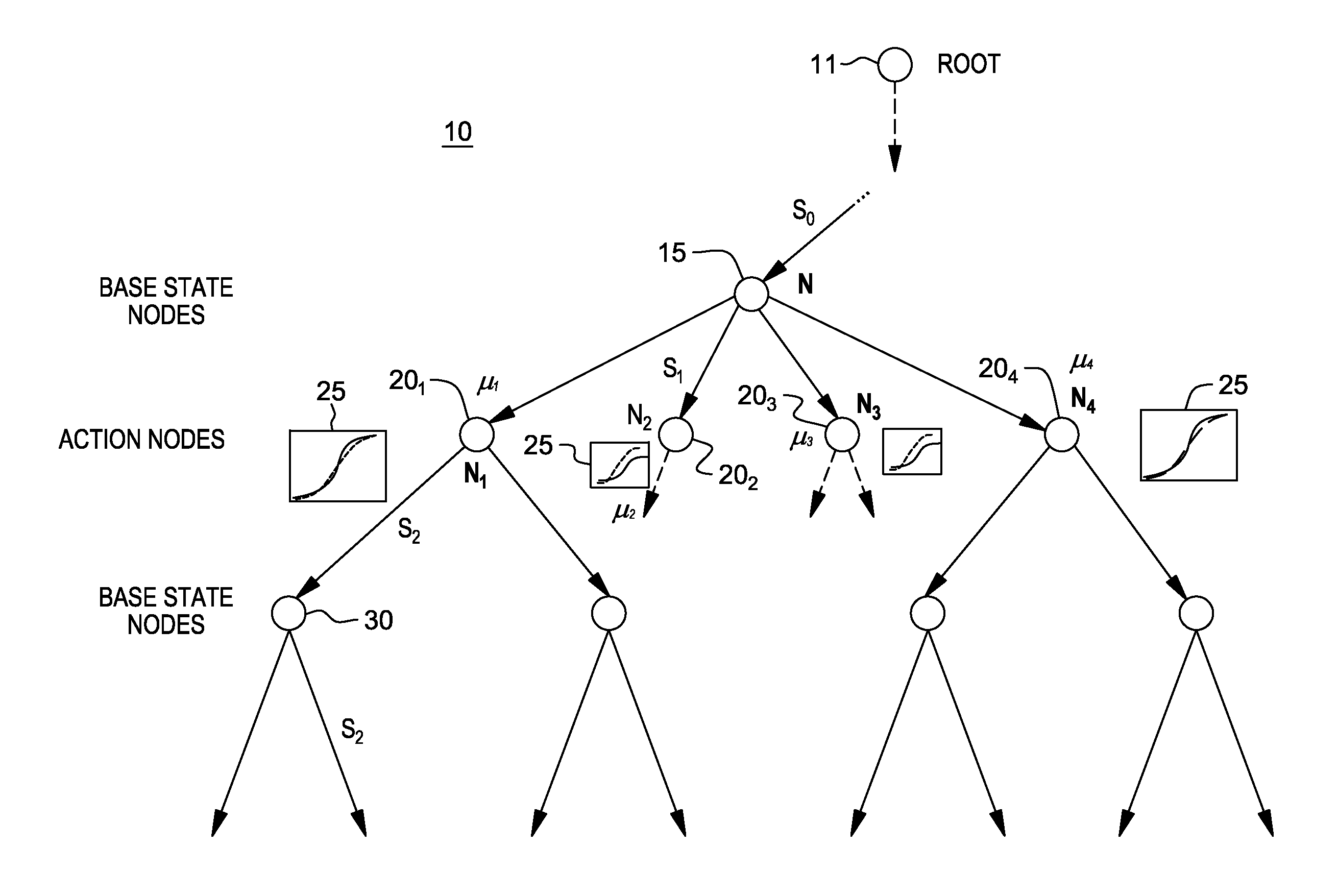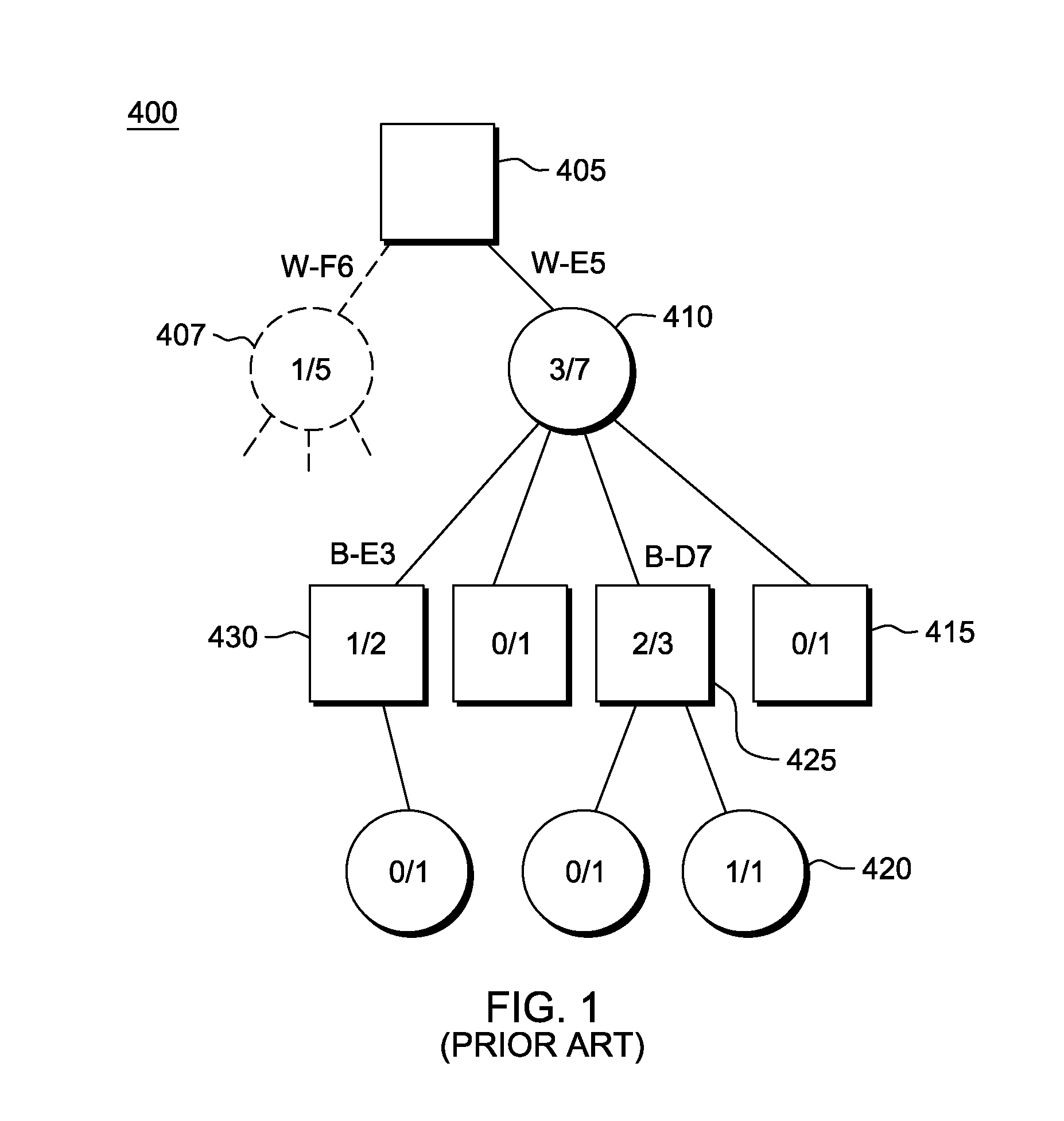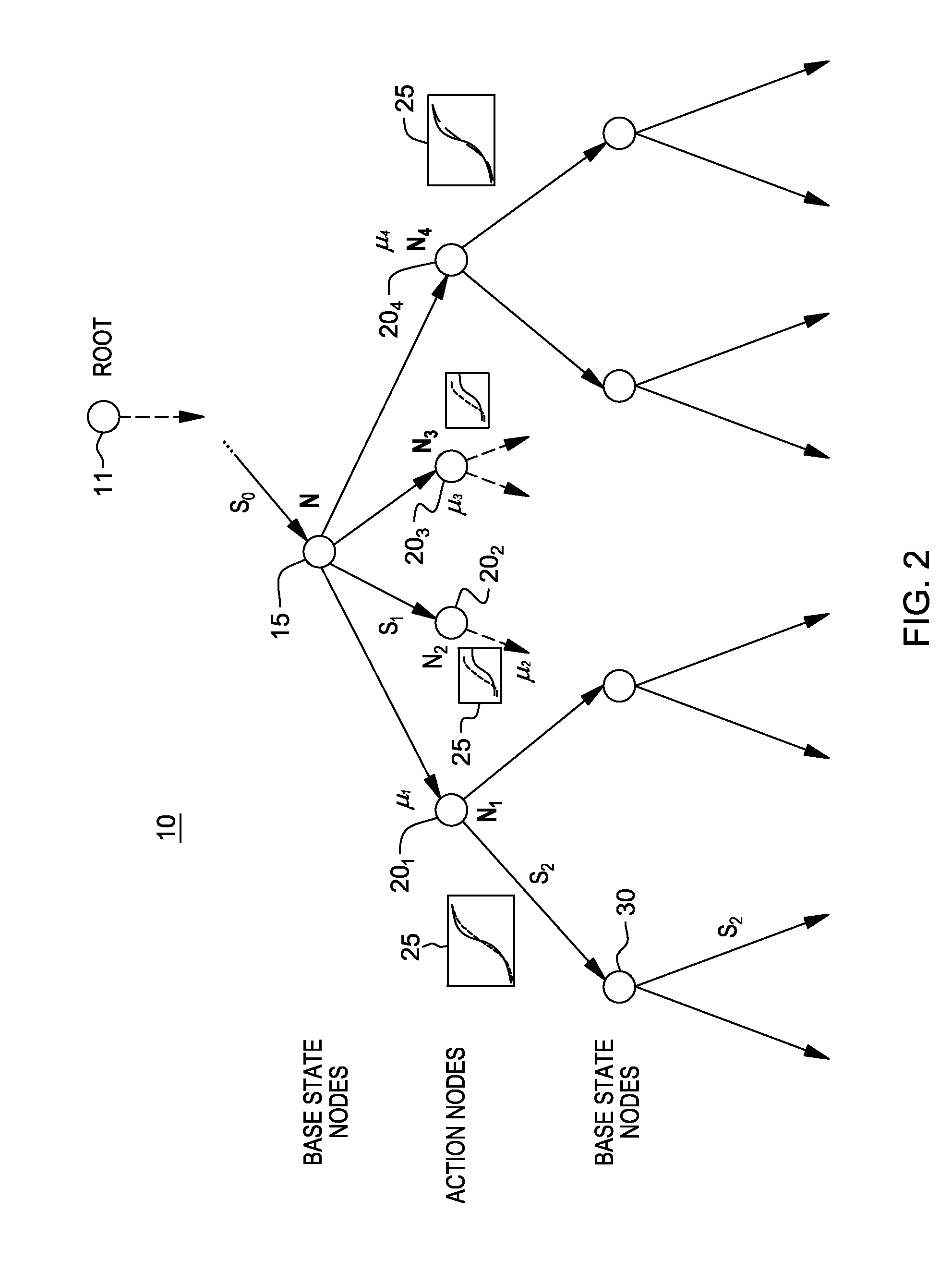Monte-carlo planning using contextual information
a technology of contextual information and planning, applied in computing models, analogue processes for specific applications, instruments, etc., can solve the problem that the number of encountered states in the monte-carlo simulation trials may still be infeasibly large, and the computation cost of such methods scales poorly (i.e., exponentially) with the number, and the number of encountered states in the monte-carlo simulation trials may be infeasible to estimate the true expected value of the a node-carlo simulation trials of monte-carlo simulation trials are applied in the field of monte-carlo simulation trials are applied in the field of planning contextual information and planning system and contextual information and planning and simulation trials are applied in the field of monte-carlo simulation trials are applied in the field of planning and simulation trials are used in the field of monte-carlo simulation trials may still be infeasible, the number of encountered states may be infeasible to simulation
- Summary
- Abstract
- Description
- Claims
- Application Information
AI Technical Summary
Benefits of technology
Problems solved by technology
Method used
Image
Examples
Embodiment Construction
[0037]A method, system and computer program product implements the Monte-Carlo planning algorithm in a computing device for providing planning of actions in a real-world environment comprising base state information and contextual state information.
[0038]As referred to herein, the “state” of an environment consists of any currently observable information, plus any relevant prior observable information in previous states leading up to the current state, that is relevant to predicting future observed states and future observed rewards. The method, system and computer program product handles domains where part of the observable information may be treated as a base state description, and the remainder of the observable information may be treated as contextual state information amenable to regression techniques for estimating expected cumulative reward.
[0039]FIG. 2 shows the modified Monte-Carlo planning model, in which a data structure 10 is created in a computer system implementing a p...
PUM
 Login to View More
Login to View More Abstract
Description
Claims
Application Information
 Login to View More
Login to View More - R&D
- Intellectual Property
- Life Sciences
- Materials
- Tech Scout
- Unparalleled Data Quality
- Higher Quality Content
- 60% Fewer Hallucinations
Browse by: Latest US Patents, China's latest patents, Technical Efficacy Thesaurus, Application Domain, Technology Topic, Popular Technical Reports.
© 2025 PatSnap. All rights reserved.Legal|Privacy policy|Modern Slavery Act Transparency Statement|Sitemap|About US| Contact US: help@patsnap.com



